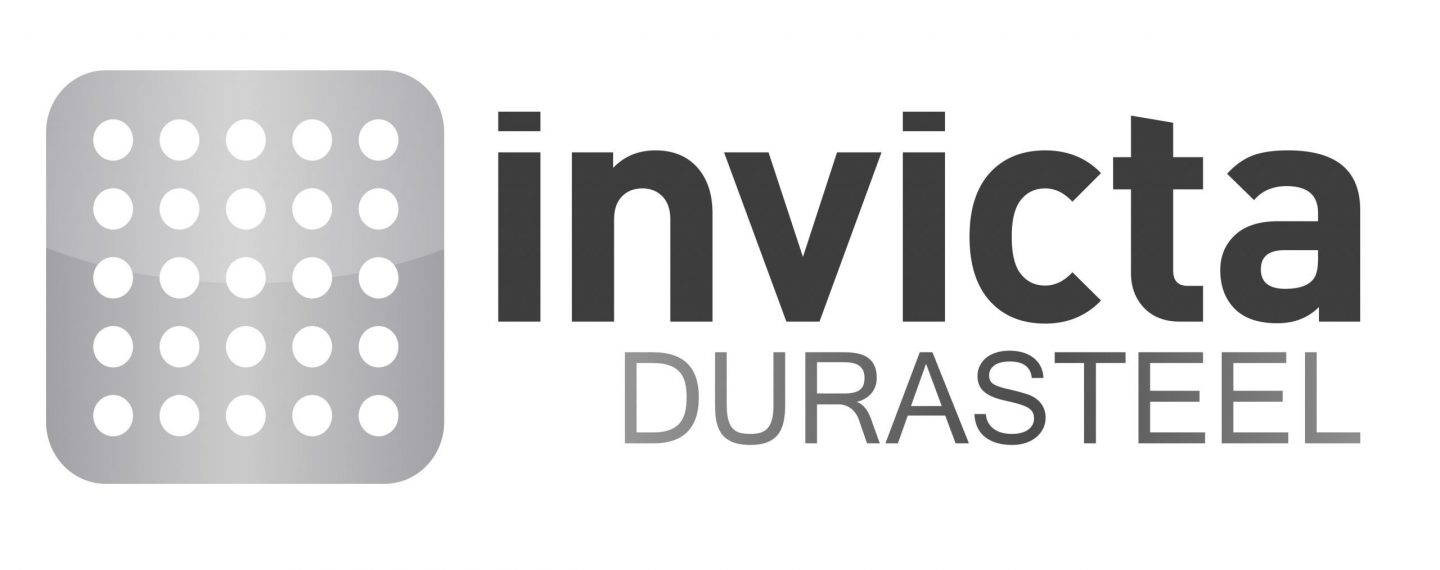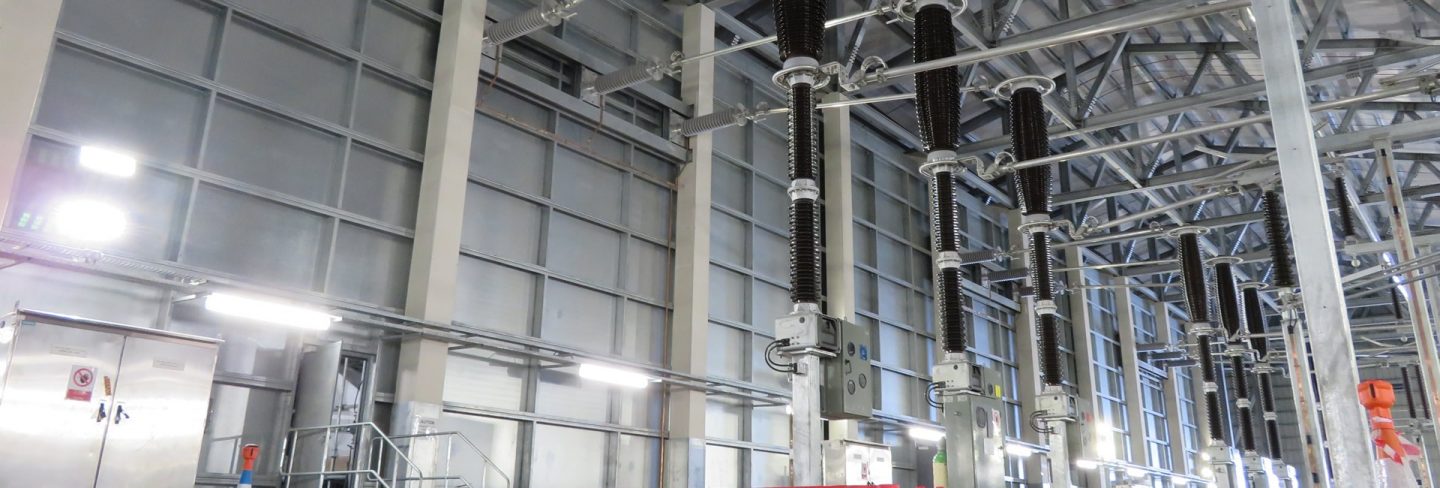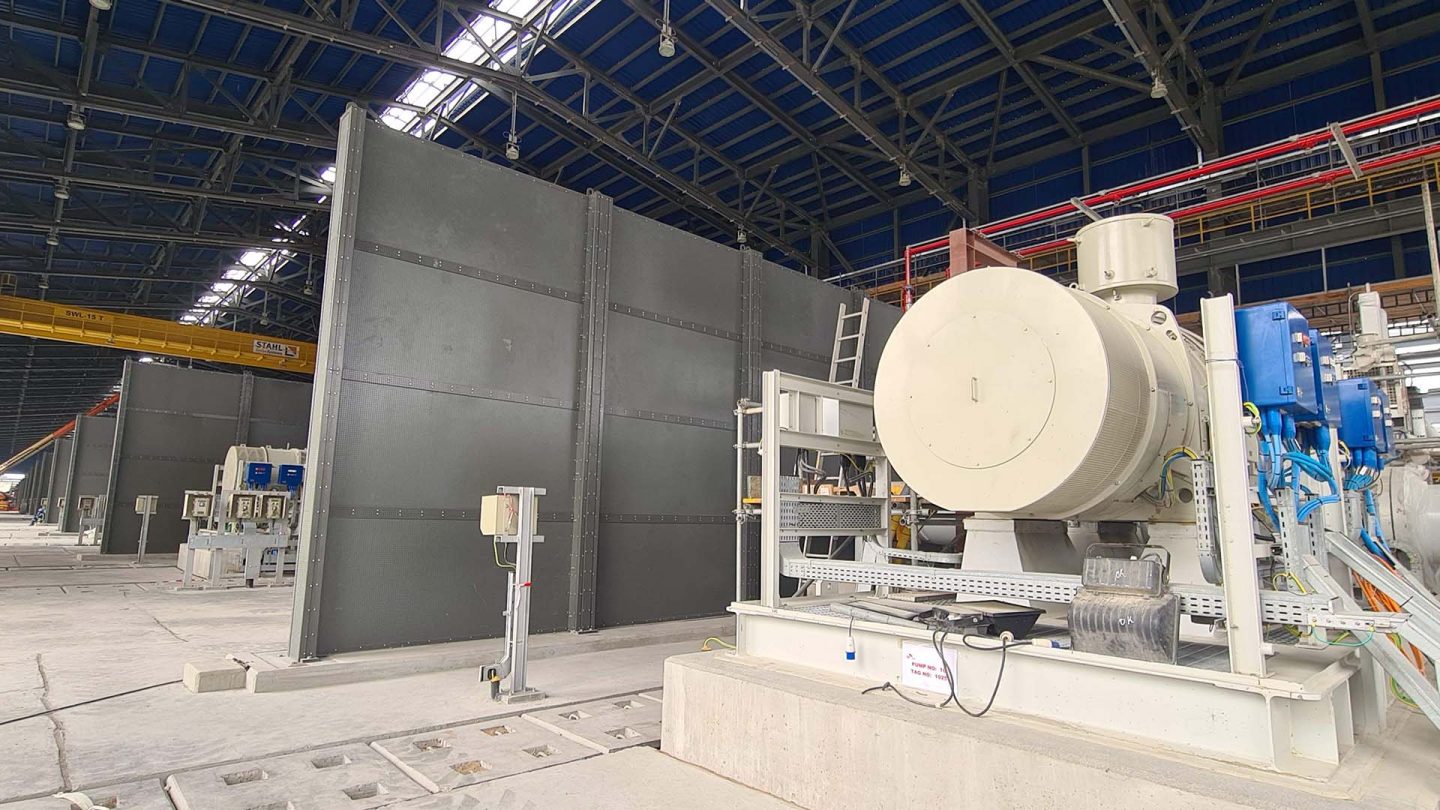For your information
You are being redirected to one of our divisional subsites which contains more detailed information on the required division. To navigate back to the main Invicta Group site, please click the link found in the footer at the bottom of the page.
- Durasteel
Discover the benefits of Durasteel
- Systems
Systems
- Expertise
Expertise
-
Applications
- Aircraft Hangar Fire Protection
- Battery Storage Facilities
- Building Fire Compartmentation
- Anti-Terrorist Blast Protection
- Cable Tunnel Fire Compartmentation
- Equipment Delivery Hatches
- Equipment Enclosures
- Heat Shields
- Power Station Fire Protection
- Metro and Rail Fire Protection
- High Voltage Cable Protection
- Substation Fire & Blast Protection
- Tunnel Fire Protection
- Oil & Gas Fire & Blast Protection
- Ventilation Systems
- Wind Farm Fire Protection
-
Applications
- Projects
- Insights
Insights
-
Articles
- The benefits of passive fire protection for businesses
- What BS 9991 changes mean for building fire safety
- Does the rise in electric vehicle fires pose a risk to buildings?
- What Boeing’s downfall says about safety culture
- Does AI pose a threat to fire safety?
- What we can learn from the Grenfell report
- Frequently Asked Questions
- A to Z of Terms
-
Articles
- Contact
Contact

UK +44 1843 220 256

US +1 305 328 9444

UAE +971 4 277 6225

Qatar +974 4441 4340

India +91 79945 14049

Malaysia +60 16 286 6225
- Start your project
Beirut Explosion: Why This Distant Disaster Hit Close To Home
5th November 2020
Familiar feelings
Quick Quote
Contact Fraser Shearer Sarun Vysakham Ben Tan Anand Raghavan Anand Raghavan Our USA Office
To get a quotation or arrange a free site survey - Call Fraser Shearer Sarun Vysakham Ben Tan Anand Raghavan Anand Raghavan Our USA Office on
-
 UK
UK
-
 UAE
UAE
-
 Malaysia
Malaysia
-
 India
India
-
 Qatar
Qatar
-
 USA
USA
Current location:
Quick Quote
Contact Fraser Shearer Sarun Vysakham Ben Tan Anand Raghavan Anand Raghavan Our USA Office
-
 UK
UK
-
 UAE
UAE
-
 Malaysia
Malaysia
-
 India
India
-
 Qatar
Qatar
-
 USA
USA
Current location:
The disaster a few months ago in Beirut compounded what had already been a challenging year. The blast at a portside warehouse tore through the city, killing at least 200 people and leaving many more wounded and homeless. It is another sad chapter for a city and country that seemed to have bounced back from civil war, and may once again be sliding towards political strife.
On the face of it, this tragic event garners little more than sympathy from countries across the globe. Yet in the politicking and negligence that is already evident, there should be a glimmer of recognition. While a disaster of this type would be unlikely on our shores, the root causes seem far too familiar. By sympathising rather than empathising, we could easily miss the lessons from the Beirut disaster – and create new ones for ourselves.
A deadly blast
The explosion in Beirut ranks as one of the biggest ever outside of wartime, and the largest since the Tianjin explosions in 2015. As was the case there, the Beirut explosion seems to have resulted from the poor storage of 2,750 tonnes of ammonium nitrate, a volatile chemical used in fertiliser and bomb-making. A fire appears to have spread from a nearby warehouse to the one containing the chemicals, causing a chain reaction.
The resulting blast is estimated to have been about 1/10th as strong as the nuclear bomb dropped on Hiroshima, leaving little more than a crater where the warehouse was, and destroying buildings in the surrounding area. Windows were shattered across the city, causing thousands of injuries, and the country’s biggest supply of grain was destroyed – although the silos did shield part of the city from even worse damage.
The investigation into the disaster may go down as one of the shortest in history. As well as the many unlucky people who were live-streaming at the time of the blast, journalists quickly discovered photos of the warehouse filled with chemicals, the identity of the ship that brought them to Beirut, and how long they’d been there for. The Lebanese government has admitted that it knew about them, and that it had been told they were dangerous within the past year.
Ample evidence
As with so many disasters, the explosion in Beirut seems to have resulted from a chain of unlucky events. The first was the fire which apparently spread to the warehouse, which has been variously blamed on a welder and on fireworks. Video footage of the initial blaze features pops and whistles, which has led some people to believe that fireworks being stored nearby may have caught fire and accelerated the blaze.
However the fire spread, we know that it then consumed the warehouse containing the ammonium nitrate. While ammonium nitrate has the potential to be highly explosive, it is not highly flammable, and would not usually explode just by being caught in a fire. Instead, decomposing ammonium nitrate rapidly produces oxygen, which fuels the fire. If ammonium nitrate is stored properly, the risk of fire reaching the chemical store should be minimal, and any decomposition should not escalate to an explosion.
In this case, it appears that the bags of ammonium nitrate were clustered together without fire breaks, and packed up against the walls of the warehouse. The heat from the fire on the exterior of the warehouse may have caused the bags to ignite, which then generated enough heat to rapidly decompose and melt the ammonium nitrate crystals. The lack of ventilation and the pooling ammonium nitrate, combined with the melting bags or some other substance in the warehouse, then combined to cause the explosion.
Safer storage
It is perhaps stating the obvious to point out what could have been done better. The usual guidelines for ammonium nitrate (as reflected by the HSE) call for organised storage, with regular cleaning to prevent buildup of the substance, and ample ventilation to prevent a buildup of gases. With a store as big as this, you would also expect to see some form of active fire protection, such as a VESDA system and a deluge sprinkler system.
The use of passive fire protection such as firewalls or barriers may also have prevented the fire from reaching the warehouse, or partitioned the chemicals to limit the spread of the fire. Similarly, just having the warehouse be checked and monitored might have bought emergency services enough time to respond. We know that firefighters reached the warehouse before the blast, but sadly after it had already been consumed by fire, and too late to help.
It is shocking to think that something as simple as organised pallet racking might have stopped this disaster, preventing the fire from spreading through the whole store of chemicals. But time and time again, we see that disasters like this are the result of a string of failures and unfortunate circumstances. It’s exceedingly rare that one person is solely to blame; instead, disasters result from a collective failure to look at safety holistically, and consider how different risk factors interplay with each other.
—
For how obvious the negligence seems to have been in this case, it’s important to remember that ammonium nitrate does not normally explode, even when it’s stored this badly. It had been stored in the same place and the same manner for seven years without incident, and this likely lulled the authorities into a false sense of security. We see this mindset time and time again in fire safety – why spend money to protect against something that hasn’t happened?
The circumstances in Lebanon were clearly unique, with the government, the port authorities and the group Hezbollah all absolving themselves of responsibility. Yet this shifting of blame between factions isn’t limited to far-flung nations. We see it all the time in the business world, whether it’s different departments and individuals within one company, or different contractors working on one project. This was famously the issue with Grenfell Tower, where contractors relied on other people’s assessment of the safety of the cladding, without ever doing their own checks, or considering how it impacted on the safety of the building as a whole.
We are often keen to delegate responsibility for health & safety to an individual, or bring in outside assessors to do the work for us. While this can be effective, it often fails to address the many risk factors that can undermine that person’s work. Without changing the health & safety culture of an organisation, individuals and groups will continue to work in a way that negates positive work and intentions – creating a catalogue of mistakes that could end in disaster.
Accreditations & Affiliations











SpecUp - System Specification Wizard
Answer the 5 short questions below to receive your recommended Durasteel system specifications. Hover over the ? icons for a brief explanation.
Question 1/5
Type of system required?
Question 2/5
Fire rating required?
Question 3/5
Fire integrity-only or integrity and insulation?
Question 4/5
Fire attack risk from one side or both sides of the system?
Question 5/5
Blast rating required in addition to fire rating?
Creating your results page
Thanks for completing the SpecUp, you’ll be redirected to your results shortly.
Click here if you aren't redirected after a few secondsStart your project
Tell us about your project. Please complete this form. One of our sales team will come back to you with more details. If you prefer, you can drop us an email.




Share/Like this page